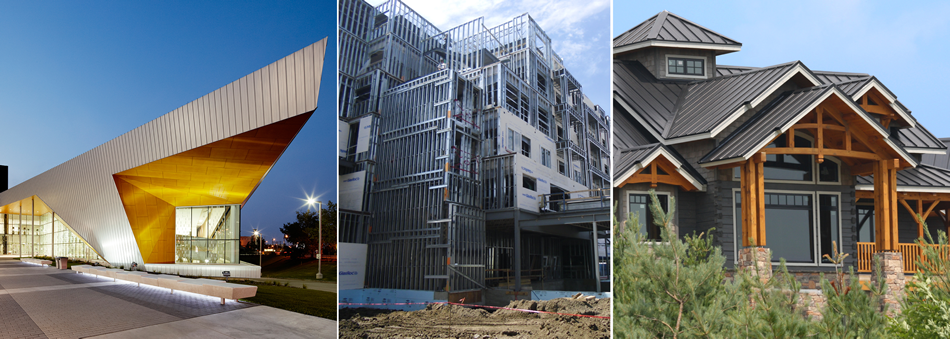The CSSBI is a member of the Coalition for Fair Construction Practices. A sub-group of representatives from the Ontario construction industry sent a letter to all Ontario MPPs on March 18, 2014 to identify some principal concerns we have with respect to Private Members' Bill 13. The information below includes excerpts from that letter. At the bottom of this post is a link to download the letter in its entirety. We invite you to read more about this issue and to contact your local MPP to express any opinions or concerns you may have.
Bill 13 - Ontario Forestry Industry Revitalization Act (Height of Wood Frame Buildings), 2013
The Bill introduced by Nipissing MPP Vic Fedeli would politically direct the amendment o the Ontario Building Code (OBC) to allow for wood frame construction to be used in mid-rise buildings up to six stories from the current four stories and completely bypass the normal and established code process. We feel it is important to present our concerns with this Bill.
Code Changes should be made by Technical Professionals NOT Politicians
We were disappointed to learn that the Bill received passage at second reading in the Legislature and was referred to the Standing Committee on Finance and Economic Affairs for further study and review. One of the topics that we have been following over the past two years has been the proposed amendments to the OBC and the National Building Code of Canada (NBCC) being put forward by the wood industry. Our Coalition believes that any proposed changes to the OBC should go through the proper and established code development process and public review that all construction materials are subjected to prior to any amendments being finalized.
It is important to note that in 2011, the Ontario Part 3 and 4 Technical Advisory Committees, consisting of engineers, architects, firefighters, and other professional representatives, rejected any changes to mid-rise wood-frame construction codes. These representatives are leaders in their industry and provide independent and balanced advice based on their expertise and for the safety of Ontarians. The Ontario government ultimately listened to the Committees' recommendations and no amendments were made with respect to the maximum height allowance of mid-rise wood frame construction when the revised Ontario Building Code was announced in November 2012.
Safety Concerns of Utmost Importance
The Ontario Coalition for Fair Construction Practices believes that any potential changes must address all safety and fire implications and do so through the normal code process. The massive fires that have recently destroyed several multi-storey wood buildings under construction in the last two years include Kingston, ON where the crane operator had to be heli-rescued; Richmond, BC; and Edmonton and Calgary, AB demonstrate how dangerous and unsafe wood-frame buildings are while under construction. The tragic loss of senior citizens in L'Isle-Verte, QC in January 2014 demonstrates how dangerous these buildings can be in operation and how many lives can be put at risk as a result. There are significant safety issues, public and private liability and other consequences, especially with moving too quickly on potential Code changes.
Read the full letter to Ontario MPPs.







